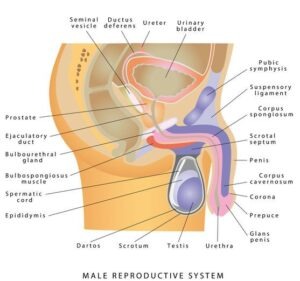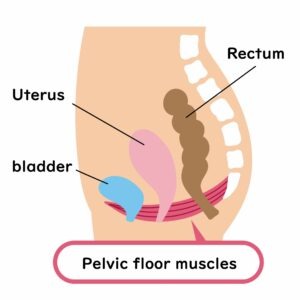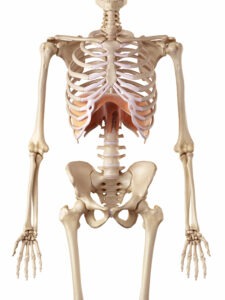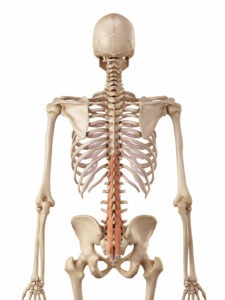In order to understand pelvic floor problems and improve your pelvic health, first we need to understand what pelvic floor health is, what’s ‘normal’, when you might have a pelvic floor problem, and most importantly how do you improve it.
How do I know if I have pelvic floor problems/ dysfunction:
When your pelvic floor isn’t working as well as it could be you may struggle with:
- urinary incontinence *
- strong or frequent need to go to the loo*
- difficulty opening your bowel or controlling your bowels *
- pelvic pain
- painful sex
- pelvic organ prolapse (this may feel like a heavy dragging feel in your pelvic floor)
If you are struggling with any of these symptoms please consult you GP to ensure there isn’t a more serious underlying condition, that may not be related to your pelvic floor.
*Sudden loss of bowel and or bladder control, especially if associated with back pain and numbness around your pelvic floor, requires urgent medical attention.
Too many people put up with these issues. You may have been told it’s ‘normal’ – when you’ve had a baby or are getting older. This leaves you with the impression that there is nothing you can do about pelvic floor problems (not true) and it may have put you off seeking help.
We want to change that!!
What ‘bits’ make up your pelvic floor and core:
The pelvic floor and core muscles work together as a team.
They are made up of:
- Pelvis – bones and joints
- Genitalia
- Pelvic Floor Muscles
- Core Muscles
- The pelvic Girdle

The pelvic gridle houses all your abdominal organs – bladder, uterus / womb, and bowel. The lower end of it is sealed off by your pelvic floor muscles (they stop everything falling out – so they’re quite important!). It connects your spine with your hips and legs.
There are three joints. Two at the back – the sacroiliac joints / junction. These can be found where you see those two dimples in someone’s low back. The pubic symphysis is at the front. They are strong joints but allow for flexibility too. During pregnancy a hormone called relaxin loosens the ligaments at these joints to allow the baby to grow and pass through the pelvis.
- Genitalia
It’s important to know your anatomy and be able to accurately communicate when and where there’s an issue or a concern.
Know what’s normal for you so you will spot any changes too.


In people with female genitalia -there are three openings. The urethra – where you pass urine from, the vagina – the muscular tube that leads up to your cervix (opening to the womb/uterus) and the anus – where you pass faeces from.
In people with male genitalia there are openings for the urethra (passing of urine) and the anus (passing of bowel motions).
The pelvic floor controls and influences all of these openings in both male and female genitalia.
Pelvic Floor Muscles
A healthy pelvic floor is essential for urinary and faecal continence and sexual function. The group of pelvic floor muscles from a sling under your pelvic girdle and they hold everything in. It’s not just one muscle but layers of muscle crisscrossing in various directions. They attach to the pubic bone at the front, the coccyx (tail bone) at the back and between the two sitting bones.

Your pelvic floor needs to be responsive to changes in pressure inside your body – coughing, sneezing, carrying the weight of a growing baby.
It can respond quickly when you cough / sneeze and prevent leakage of urine or faeces. And it needs to worker hard and maintain that control when you can’t find a toilet and need to hold it in. When you are ready to go to the toilet it needs to know how to relax and let that happen.
In pregnancy your pelvic floor needs to support the weight of your baby, amniotic fluid and placenta. During early labour the pelvic floor muscles slow and control the progress of labour. Then when you are ready to deliverer your baby, the muscles relax (with control) to allow the baby to pass through the pelvis and pelvic floor to enter the world.
A healthy pelvic floor should be strong and flexible – knowing when to contract and when to relax.
The core muscles – they work as a team with your pelvic floor muscles
There’s a lot of talk about core muscles and you see exercises that are aimed at ‘working the core’. But what does it mean? Where are your core muscles? How do you use them?
The core muscles consist of a group of four muscles:
- diaphragm
- transversus abdominus
- multifidus
- pelvic floor
These muscles work constantly just doing everyday things – breathing, going to the toilet, walking, lifting, coughing, sneezing, bending …… the list goes on. Their job it to keep you upright, to hold in and protects your abdominal and pelvic organs and regulate the pressure within your abdomen/tummy.
Think of it like a barrel of support around the central part of your body, from your lower rib cage to your pelvis and pelvic floor.
The trick with the core muscles if getting them to work together as a team, for maximum benefit.
- Diaphragm

This is a big muscle. Shaped like a dome it completely covers the under surface of your rib cage, separating your chest from your abdomen. It is mainly known as a breathing muscle but it plays a vital role in your core strength too. As you breathe in it flattens (as your pelvic floor lengthens at the same time) and as you breath out it re domes (as your pelvic floor shortens and lifts). Perfect team work.
- Transversus Abdominus

This is like and inbuilt corset, it wraps around from the back of your pelvis and spine around to the front of your abdomen and ‘draws’ you in – exactly like a corset. It’s hugely important for giving strength and stability to your spine, chest and pelvis.
- Multifidus
 This muscles runs along the length of your spine on either side.
This muscles runs along the length of your spine on either side.
Hopefully this has helped you to understand and get to know your body better. Looking after your pelvic floor is a bit more complex that just doing those little short flicking movements as if you are stopping yourself going to the toilet. There are a lot of different muscles involved if you want to maximize your pelvic floor health and to start dealing with pelvic floor problems and dysfunction.
So where do you start? There’s no need to be overwhelmed, we can take you through some simple exercise to look after the A team that is your pelvic floor and core and get them working together like a synchronized swim team!
Read our next blog about how to engage your pelvic floor and core muscles….lets get started.
Useful resources




